Henk de Haan and his family slept peacefully in their Okotoks home for five years, unaware of the radon lurking in their basement.
Radon is an odourless, invisible, radioactive gas that is naturally released into the air when uranium in rocks, water, and soil breaks down.
Breathing in high levels of radon over time can cause lung cancer.
In fact, radon is the leading cause of lung cancer among non-smokers, resulting in over 3,000 lung cancer deaths in Canada.
De Haan found the radon in his home by chance after a friend suggested he test his home for the gas.
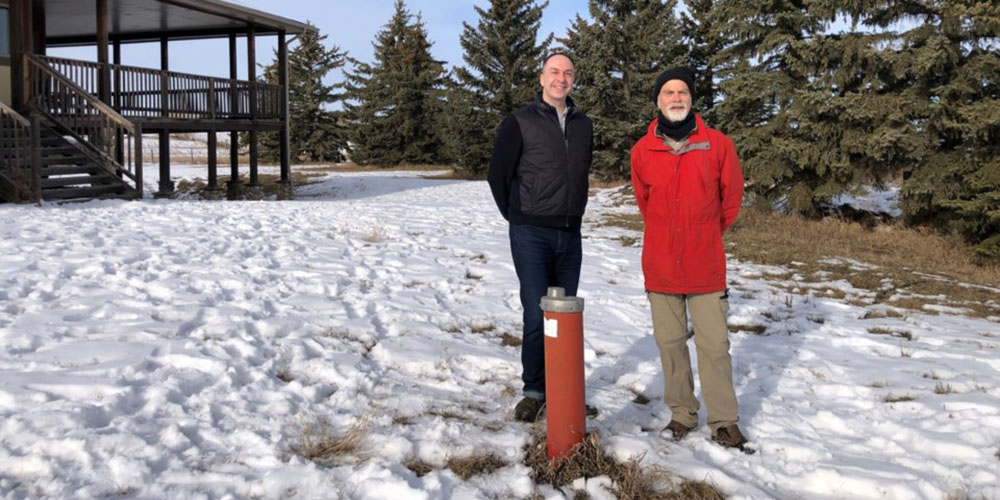

De Haan’s experience highlights a hidden problem: many families in Alberta remain blissfully unaware of radon in their homes.
According to Dr. Aaron Goodarzi, radon levels in rural Alberta are especially concerning.
Goodarzi is the Director of the Robson DNA Science Centre and the Lead of Science Communication for the University of Calgary’s Charbonneau Cancer Institute.
He has spent most of his career studying radon.
Goodarzi discovered that Canada is among the top five countries with the highest radon exposure levels.
In Canada, the Prairies, the Atlantic region, and the North are almost tied for the highest levels of exposure.
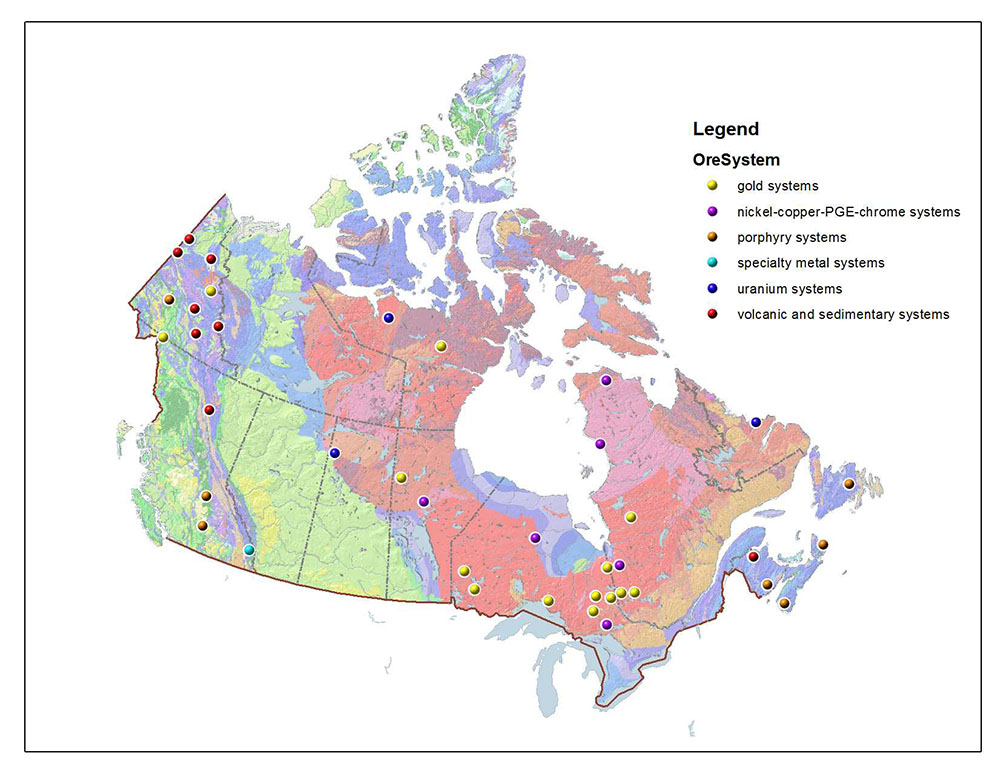

There are a few reasons why we have high levels of radon.
Canada has one of the world’s largest natural uranium reserves, behind only Australia and Kazakhstan.
Canada accounts for ten percent of global uranium reserves.
As you may have guessed, most of Canada’s uranium reserves are in the regions listed earlier.
Radon was discovered by German chemist Friedrich Ernst Dorn in 1900.
However, high radon levels in homes were not recognized as dangerous until the mid-1980s.
The settlement of Canada happened long before radon was discovered.
Canadians built villages, towns, and cities on top of uranium reserves without knowing it.
Creeping Into Your Home
Radon can enter a home in many ways, through floors, foundations, walls, drains, pipes, sump pumps, and more.
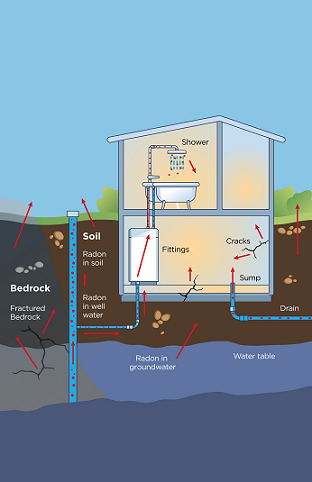

But, for some reason, radon levels were often much higher in rural communities, and nobody knew why.
One theory suggested that radon could enter homes through the water in rural communities, which often rely on groundwater wells.
“That theory was okay, except the problem was nobody found enough radon in our water to ever explain how much radon was in their houses, differing from the cities,” explained U of C’s Goodarzi.
Goodarzi and his team expanded on this theory and concluded that the wells, not the water they contained, were the problem.
“It’s the water wells — not the water, but the wells themselves that appear to be acting as unintended straws for radon gas deep in the ground,” Goodarzi told the University of Calgary.
Because groundwater wells are drilled into the ground, radon gas in the soil and rock can quickly rise to the surface.
“The air around the groundwater well itself is acting as a sort of superhighway,” Goodarzi explained to CBC News.
Goodarzi’s discovery is documented in his study published in Scientific Reports. The study examined radon exposure in over 42,000 Canadian homes across 2,000 communities.
The researchers found that people living in rural areas were exposed to over 30 percent more radon than people living in urban areas like cities.
Out Of Sight, Out Of Mind
Just because you can’t see something doesn’t mean it doesn’t exist. Such is the case with radon.
According to the Government of Canada, all homes contain some level of radon, including probably yours.
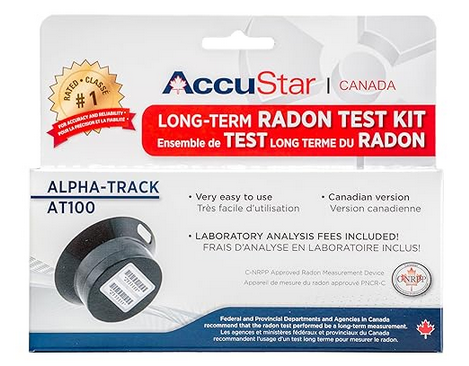

Before you freak out, it’s worth noting that low concentrations of radon are harmless and carry no health risks.
But the only way to know how much radon is in your home is to test for it. Thankfully, testing for radon is as easy as buying a do-it-yourself radon test kit.
The current Canadian guideline for radon is 200 becquerels per cubic meter (200 Bq/m3).
To understand what a becquerels is, imagine you have a box filled with air, and in this air, there are tiny invisible particles that are so small, you can’t see or touch them.
“Becquerels per cubic meter” is a way to count how many of these tiny, invisible, moving particles are in a box of air that’s as big as a cube made from meter sticks on all sides. Radon levels above 200 Bq/m3 are a health risk.
The Canadian government states that close to ten percent of households in Canada have radon levels above the guideline.
Managing Radon
There are many ways to reduce radon in your home, such as sealing entry points like cracks in your foundation.
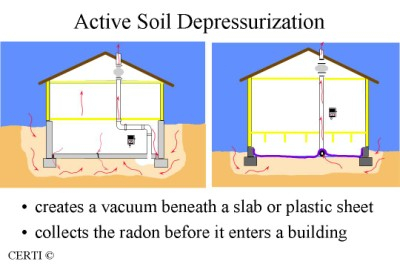

However, the most common and permanent solution to high radon levels involves installing an Active Soil Depressurization (ASD) radon mitigation system.
The ASD system uses a fan system to draw radon gas from below a home and release it outdoors, which can help reduce radon levels by up to 80 percent.
With more Canadians working from home than ever before, the risk of radon exposure is even greater. Not to mention, children are especially vulnerable to the pesky gas.
Whether you live in a bungalow or a four-storey house, it is always worth checking the radon levels in your home.
Don’t take a chance with radon. Protecting your family is more than enough reason to buy a radon testing kit.






